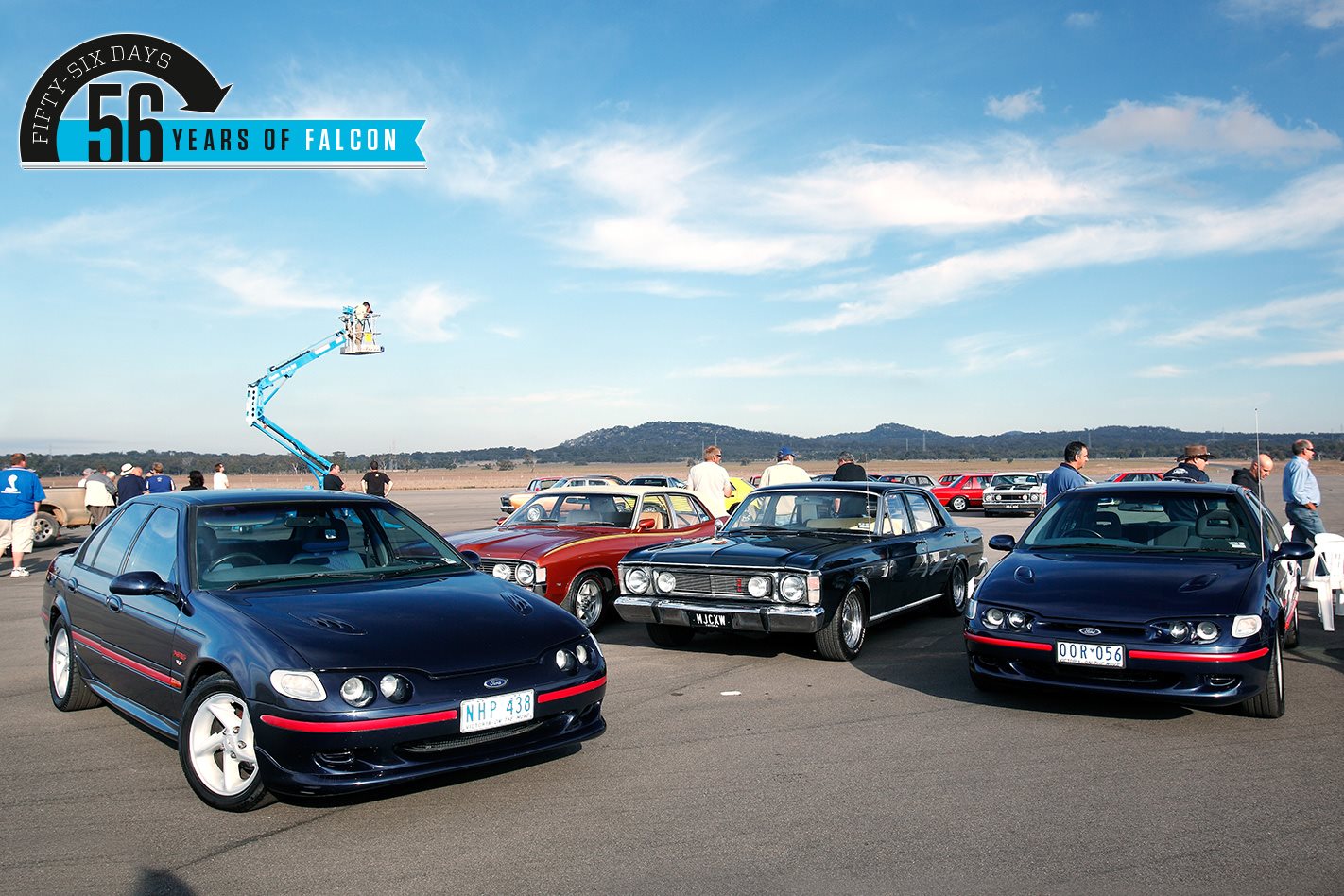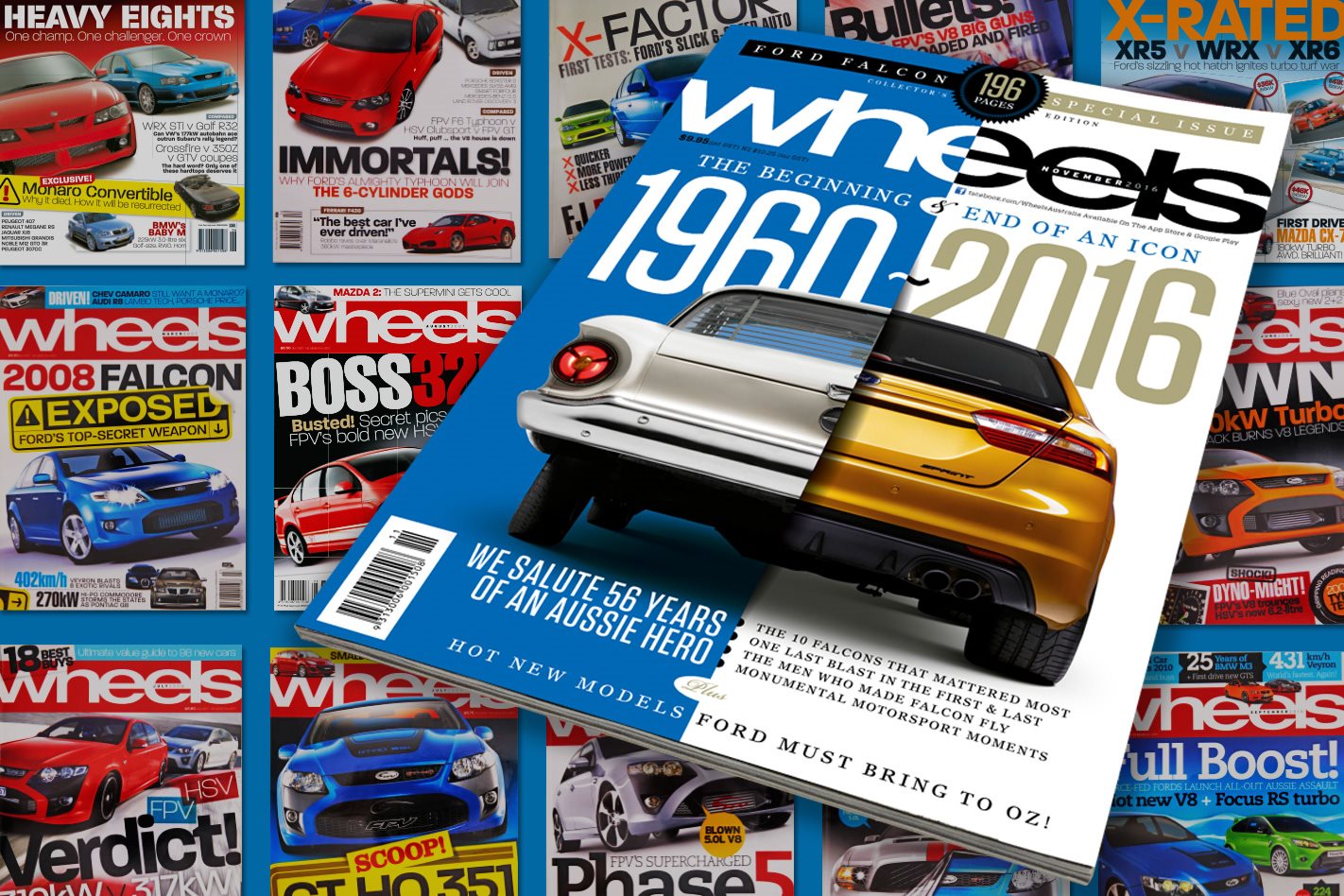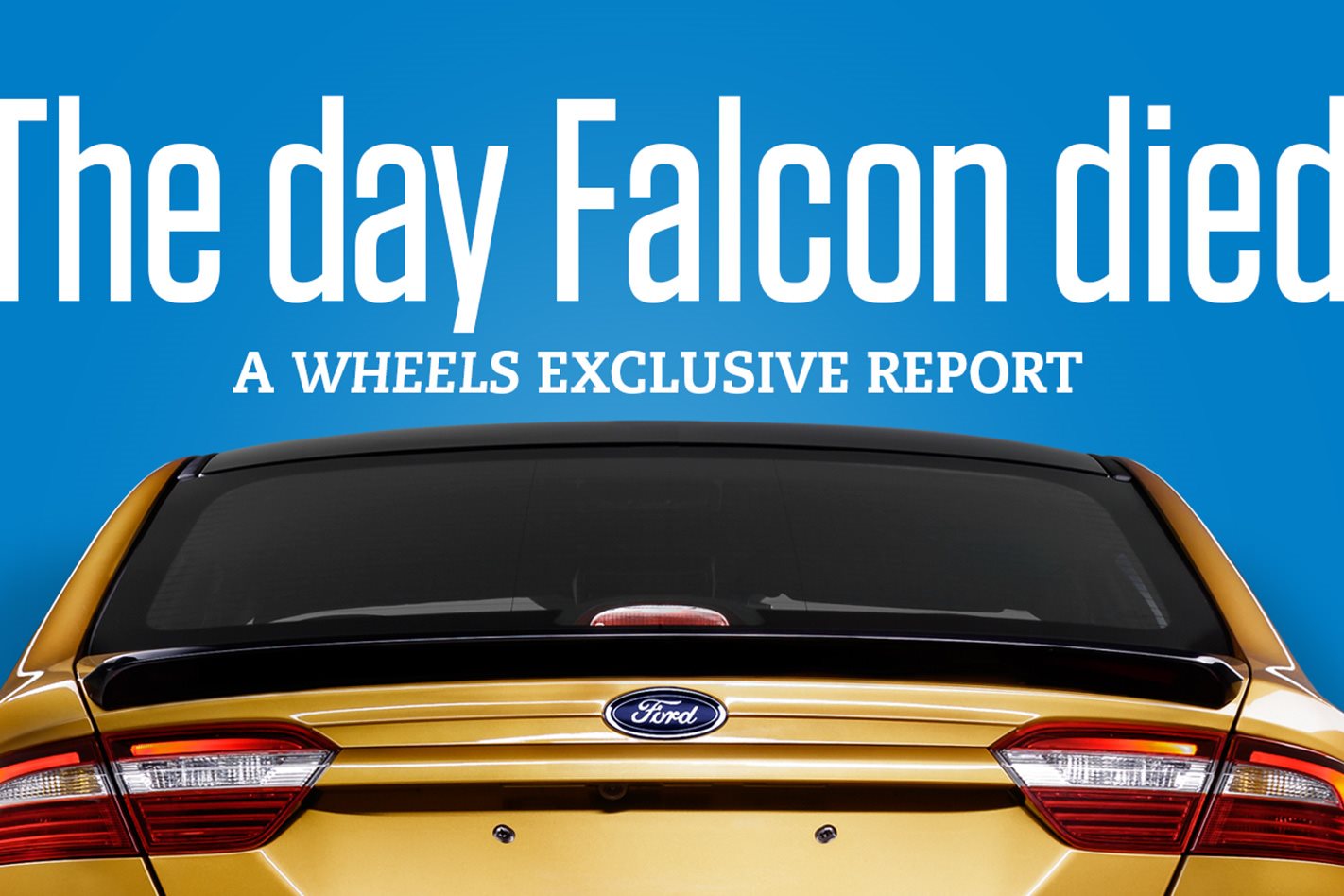First published in the July 2010 issue of Wheels magazine, Australia’s best car mag since 1953.
For 50 years, Ford’s Falcon had ridden the ups and downs of an ever-changing, always competitive, Australian car market..
We Aussies, it’s said, are inclined to bet on two flies crawling up a wall. At the foot of that fondness for gambling, I reckon, is a fierce respect for competition. And therein lies the key to the Ford Falcon’s place in Australia.
Falcon isn’t just another car. Fifty years ago it became the first locally-built competitor to Holden. It has endured, through an era of a genuine Big Three and against imported rivals almost as long-established, to tower as one of only two automotive pillars of our broader culture.
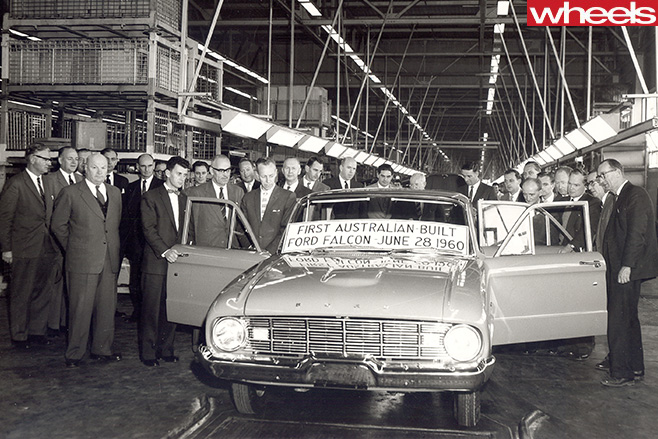
As we all know, Holden got here first, commencing full manufacturing in 1948. When Falcon arrived in 1960, Holden held more than 50 percent of the market. It has always played the cultural card well, re-writing our national anthem in the 1970s with a jingle pinched from its American sister, Chevrolet.

With Holden having a 12-year head start in Australia, Ford had realised its local manufacturing future lay neither in dowdy British nor oversized American models. Australians now knew what they wanted: compact, potent and durable family cars.
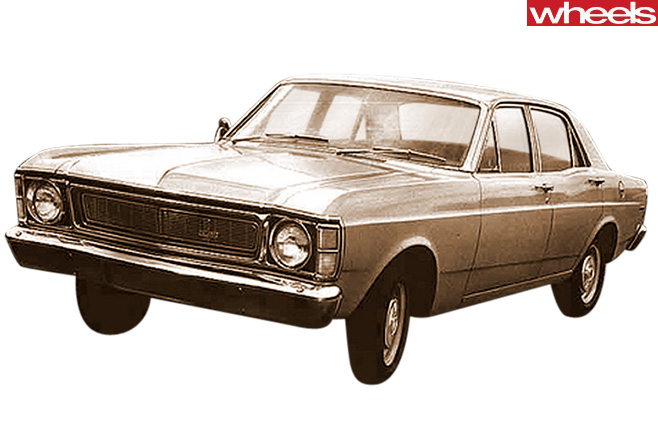
Ford Australia’s £18m spend suddenly became £25m to retool for the Falcon’s panels and lightweight, six-cylinder engine at Geelong – another place where they’ll tell you about the Falcon’s significance – and to refit the still-new Broadmeadows assembly plant.
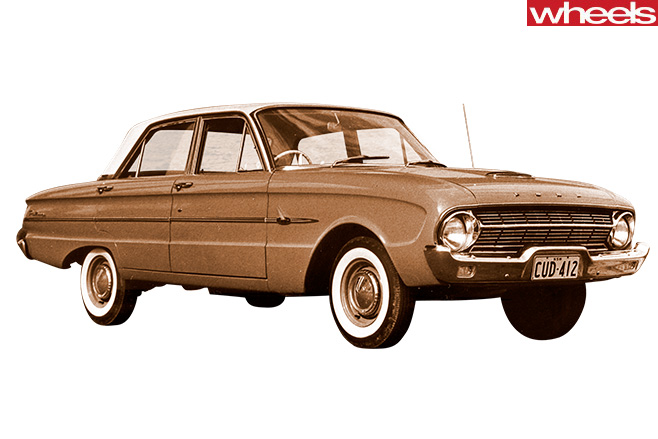
Buses ferried 500 national dealers for a two-day ‘Ford Falcon Festival’. A song was commissioned for the wireless: “Today is an historical occasion/we’re presenting a car you’ll applaud/It’s Australian, with a world of difference/a brand-new Falcon by Ford…”
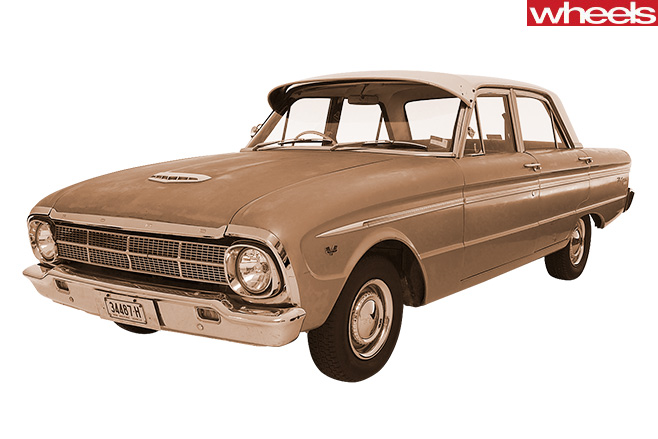
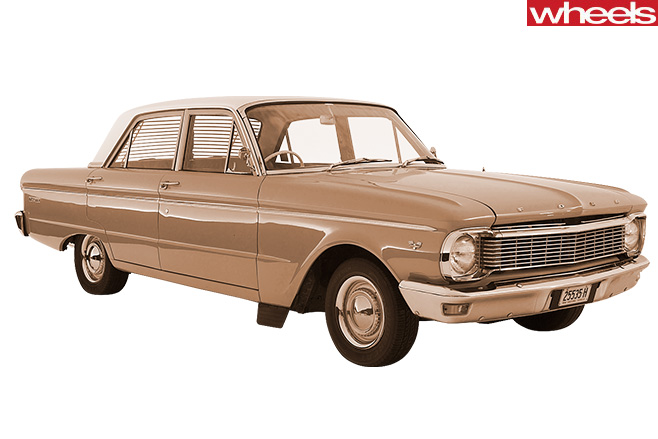
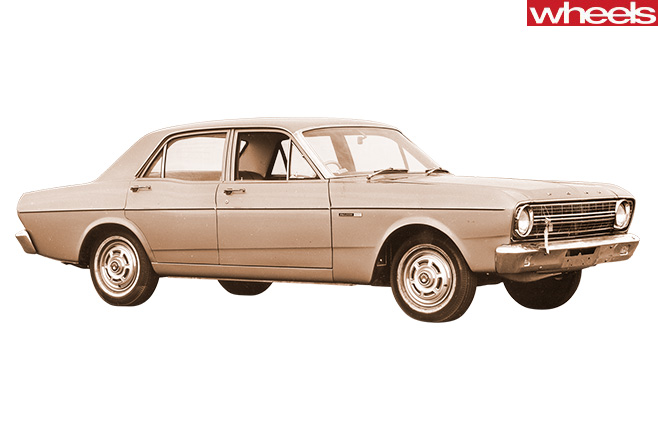
“When it appeared in showrooms, and on TV, it got lots of attention,” he recalled. “Ford was already a major player, with the Customline and Zephyr, so there were die-hard Ford fans already. But Holden was so dominant, so firmly entrenched as the Australian car … no-one saw anybody knocking Holden off its perch.”
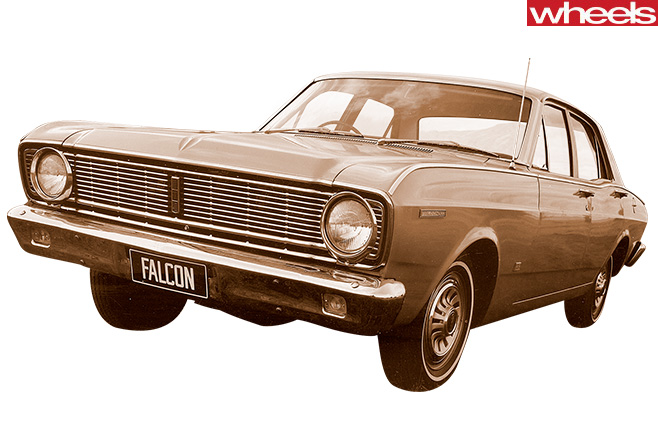
It’s no exaggeration to say XP was make-or-break for the Falcon’s future in Australia. The stunt that would prove its worthiness to private and (crucially) fleet buyers was a five-car durability marathon that began on April 24, 1965.
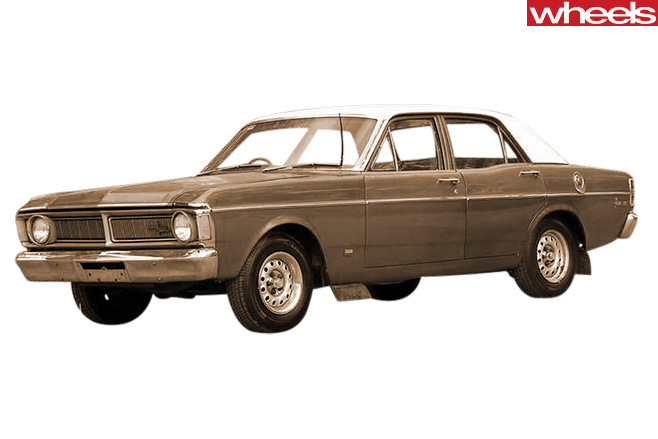
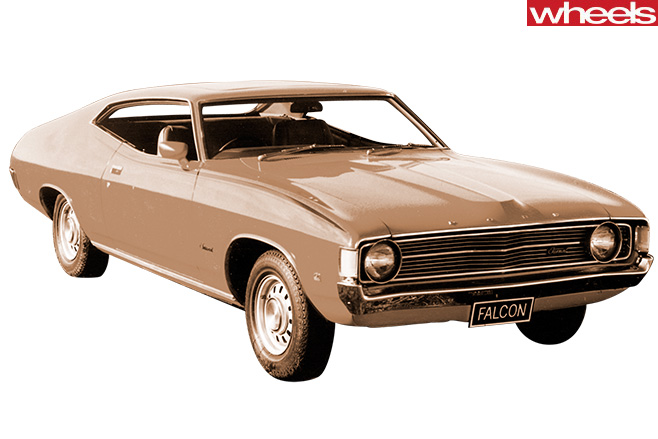
Ford sales manager Bill Bourke and competitions manager, Les Powell approached race and rally driver Harry Firth to organise the event.
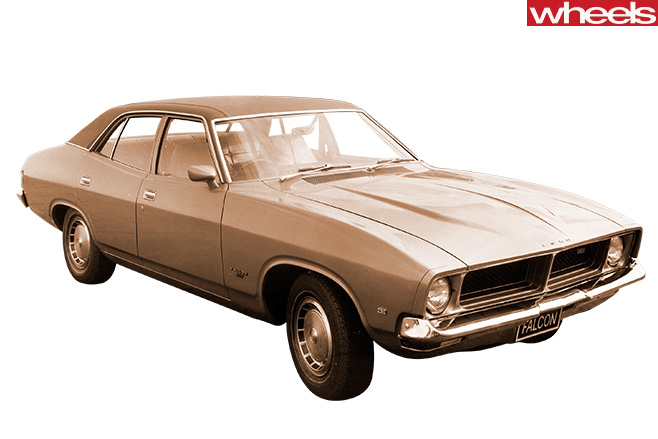
The cars clocked the 70,000-mile mark after eight and three-quarter days, earning 49 (CAMS-sanctioned) national time and distance records in the process – all reported nationally on radio and TV. And as Ford’s sales team swung into full force, once-burned fleet and private buyers began cautiously returning to the brand.
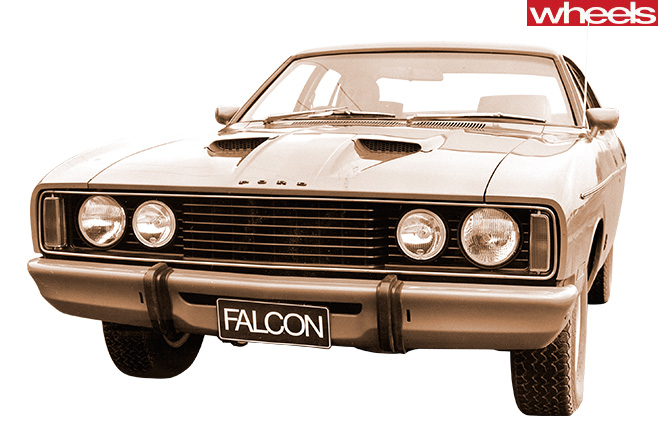
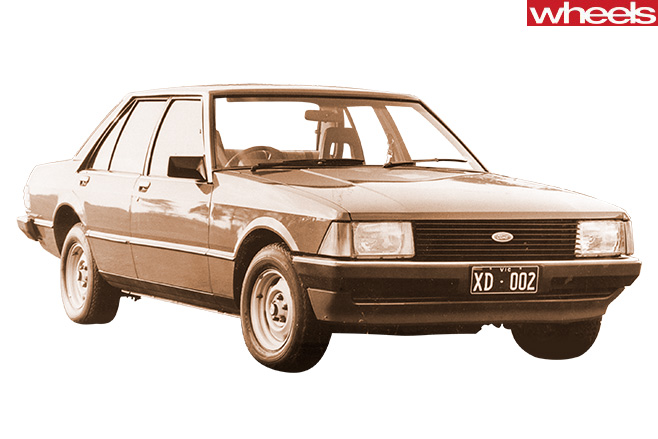
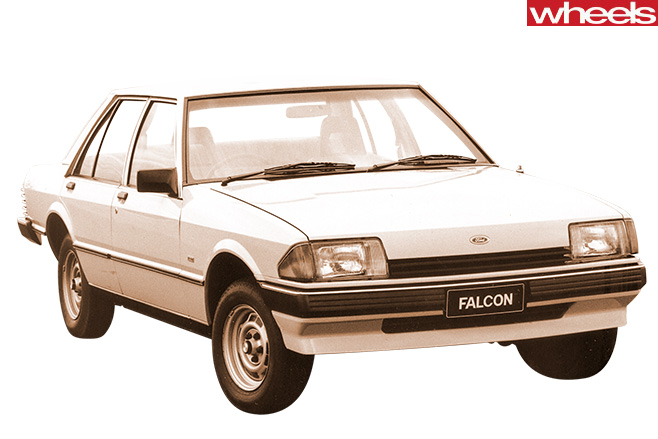
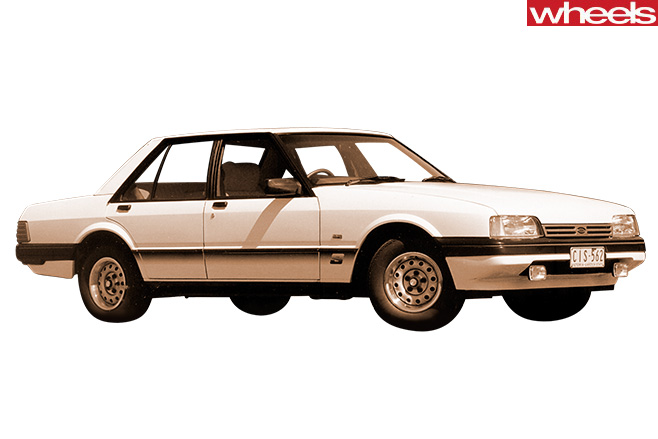
Ford had its Cortina and Escort, but it was still very much the Falcon car company. Meanwhile, Holden had developed more of a small-car mentality through the ’70s. It had the trusty Kingswood full-sized family sedan but, V8 Monaro and GTS variants aside, its performance image was carried by the Torana models.
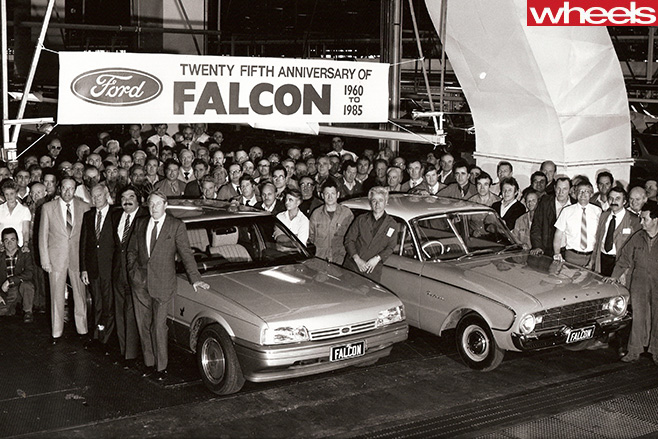
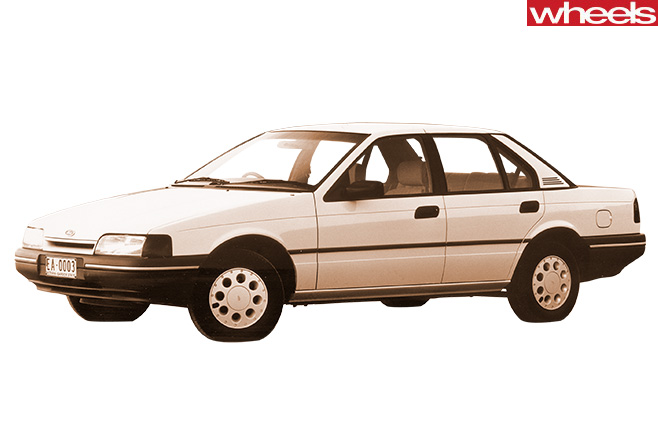
In 1982, helped by Falcon and the tearaway Laser, Ford Australia finally toppled Holden’s market leadership – 22.6 percent share versus 22.5.
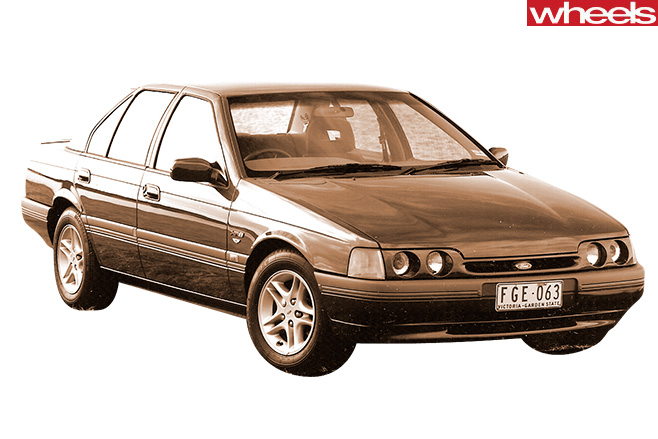

To some extent, Ford was paying for a decision made during the cocky heights of 1982. In November of that year, 50 years since building its first V8 at Geelong, Ford farewelled it from the Falcon range (with the still sought-after XE Ghia and ESP).
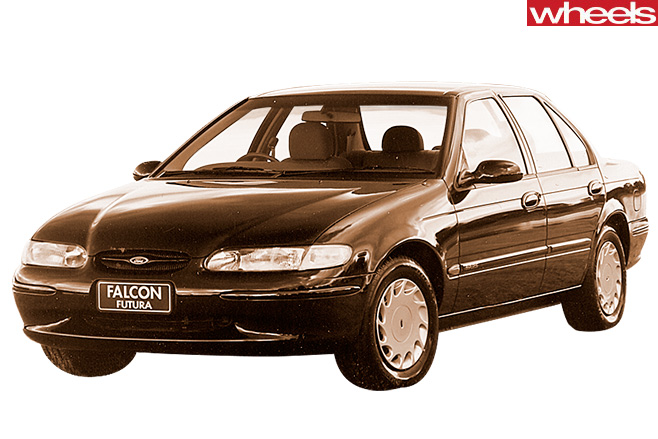
In 1998, however, Ford found itself with a new set of problems. Seeking younger buyers, the ‘New Edge’ themed AU Falcon backfired spectacularly with frumpy styling and impoverished interiors in lower-spec models. Rival Commodore VT, launched in ’97, was the best ever and reigning Wheels COTY.
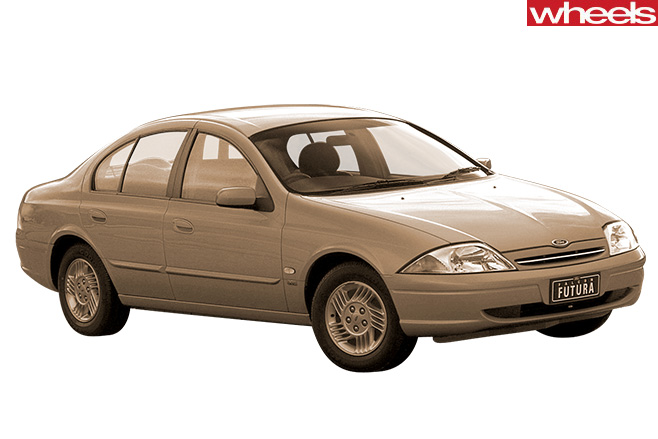
But gradually, with Ford’s performance wing finally being consolidated in 2003 (as FPV), Marcos Ambrose knocking Holden from the top step of V8 Supercars and the arrival of the new Boss and Barra V8s for the road-car range (replacing, incredibly, the Windsor), the BA reclaimed some of the old Falc magic and briefly pipped the Commodore in monthly sales.
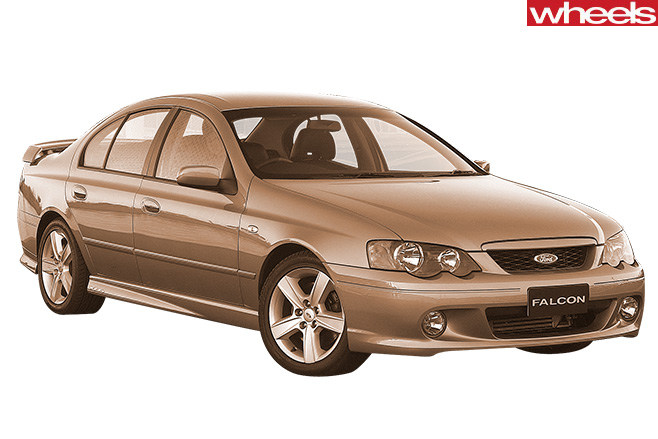
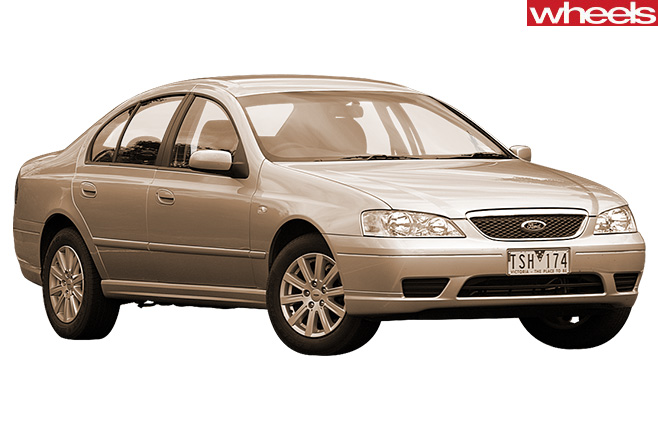
In 2000, large passenger cars accounted for 35.9 percent of the Australian market. Falcon was selling around 60,000 units, Commodore around 84,000.
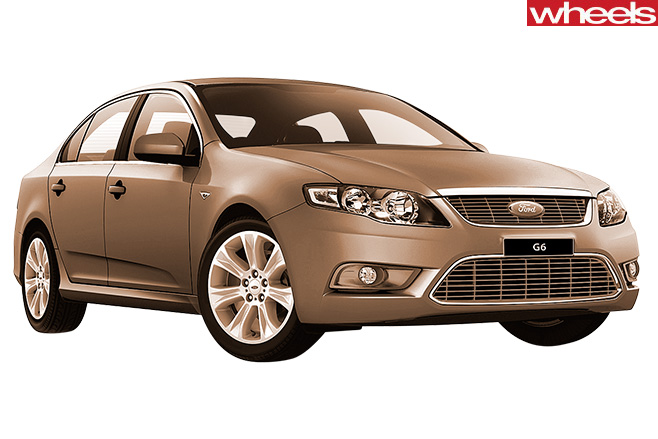
Falcon is playing harder and better than ever, but the game has changed. And the odds on its survival are only getting longer.

